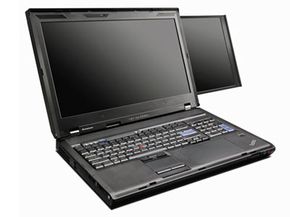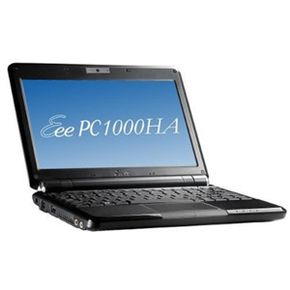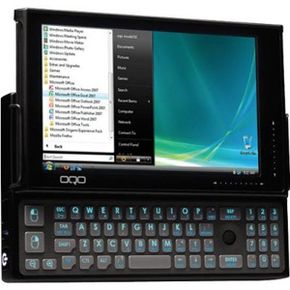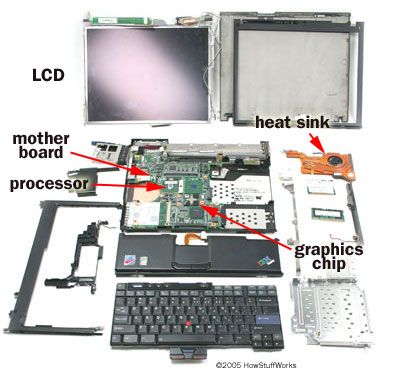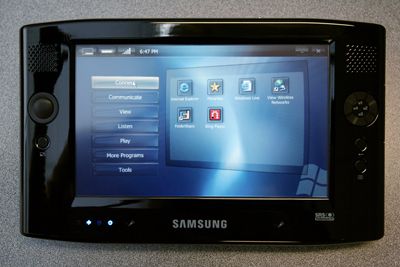In early 2008, the mobile computer landscape was dominated by laptop computers. There were a few alternatives to traditional laptops -- tablet PCs, advanced PDAs and even a few smartphones could perform many basic computing tasks. But the laptop computer set the standard for mobile computing -- some companies offered laptops that were nearly as powerful as their desktop counterparts.
A year later, the traditional laptop faces some competition in the mobile computing market. It can be confusing for consumers -- there's a host of new terms and categories to take into consideration when shopping for a mobile computer. There are laptops, notebooks, netbooks and ultra-mobile PCs. But what's the difference? Are the terms interchangeable? Are they well-defined?
Advertisement
The answer to these questions depends upon whom you ask. One person may call a particular PC a netbook while another insists it's a notebook. It's like asking someone to describe an elevated geographic feature -- some may call it a hill and others insist it's a mountain. There's no universal definition upon which you can rely.
There are, however, some general guidelines we can use. Laptop computers, notebooks and netbooks use the same basic form factor -- the main differentiator is size. That form factor is a computer with two main parts: a screen and a keyboard attached by hinges. In general, netbook computers are smaller and lighter than notebook computers, which in turn are smaller and lighter than laptops. But there are no specific size or weight classes for computers. So, for example, if the computer has an 11-inch (27.9 centimeter) screen, is it a netbook or a notebook? That's where people disagree.
Let's start with laptops and notebooks. Some people use the terms interchangeably because many of the laptops on the market are smaller and lighter than their predecessors. As laptop technology evolves, manufacturers are able to pack more power into a smaller package. The notebook format is becoming the norm.
But there are still some laptops that are too large to be considered notebooks. The Lenovo ThinkPad W700ds has a 17-inch (43.2-centimeter) main screen and a retractable 10-inch (25.4-centimeter) secondary screen. It weighs 11 pounds (about 5 kilograms) and is 2.1 inches (5.3 centimeters) thick. Gaming laptops can also be on the large side -- Toshiba's Qosmio X305 weighs 9 pounds and has a 17-inch (43.2-centimeter) screen. While these computers are portable, you probably don't want to lug them around all day long.
Advertisement
